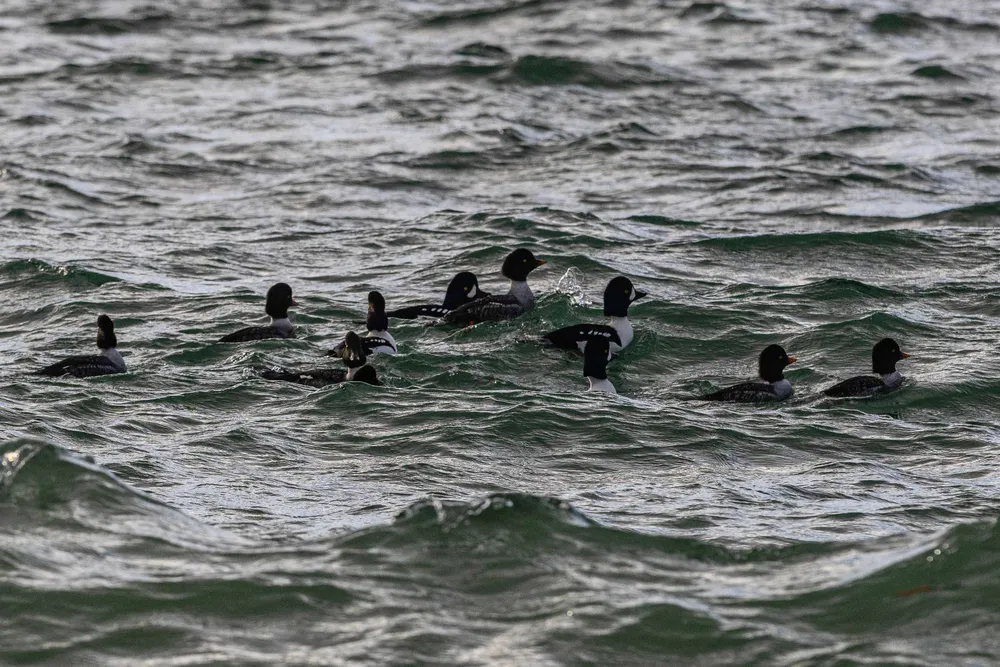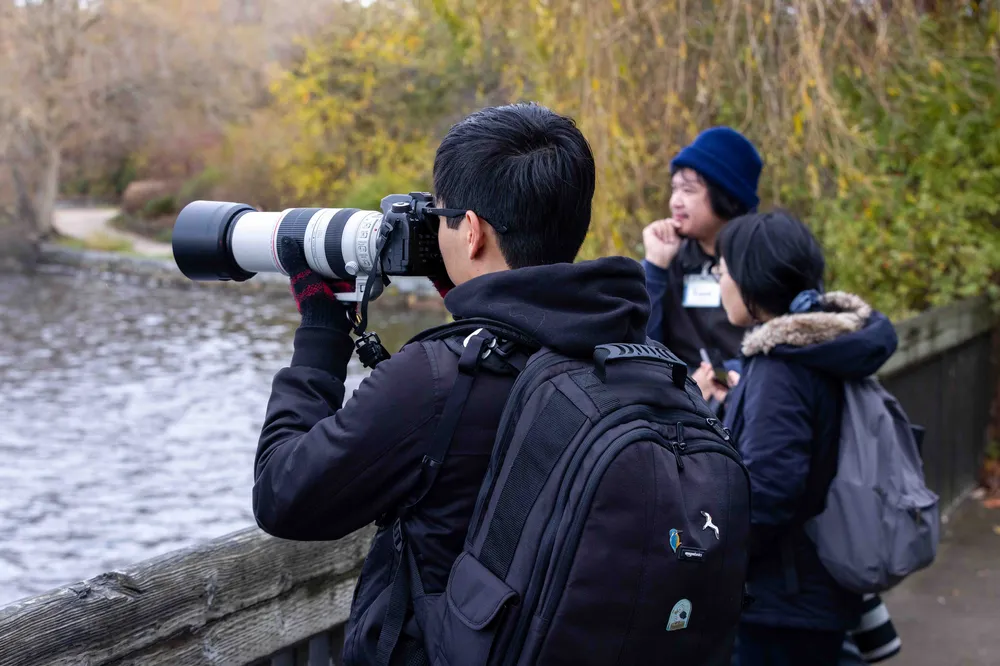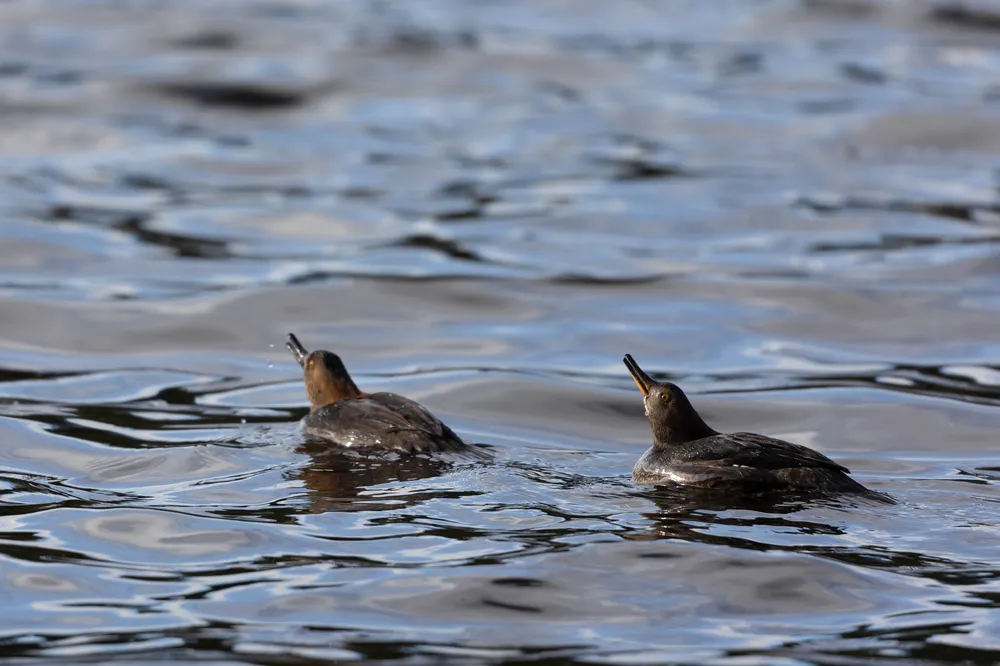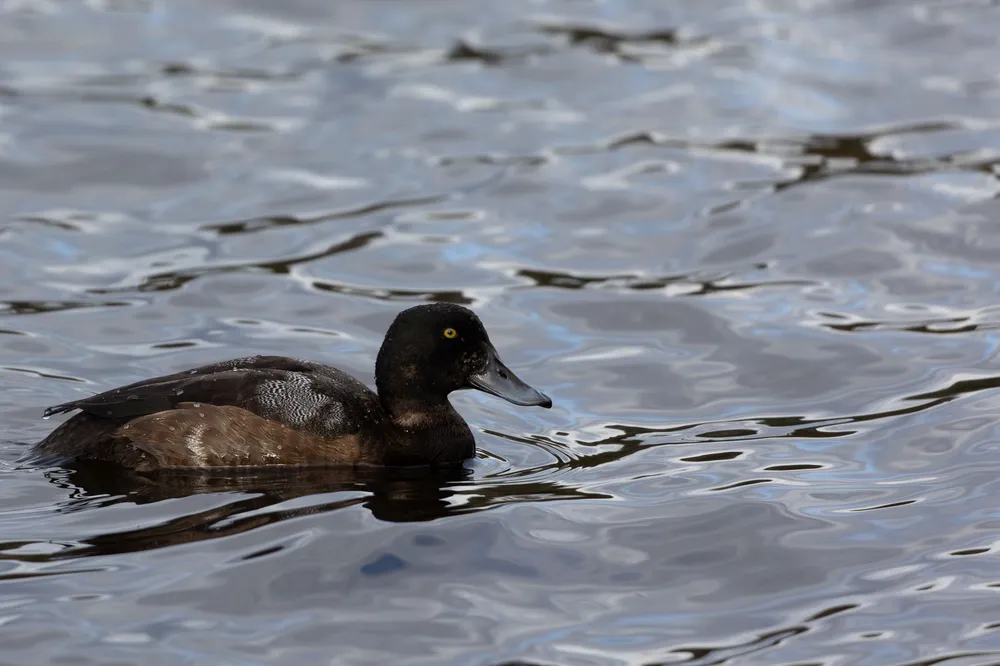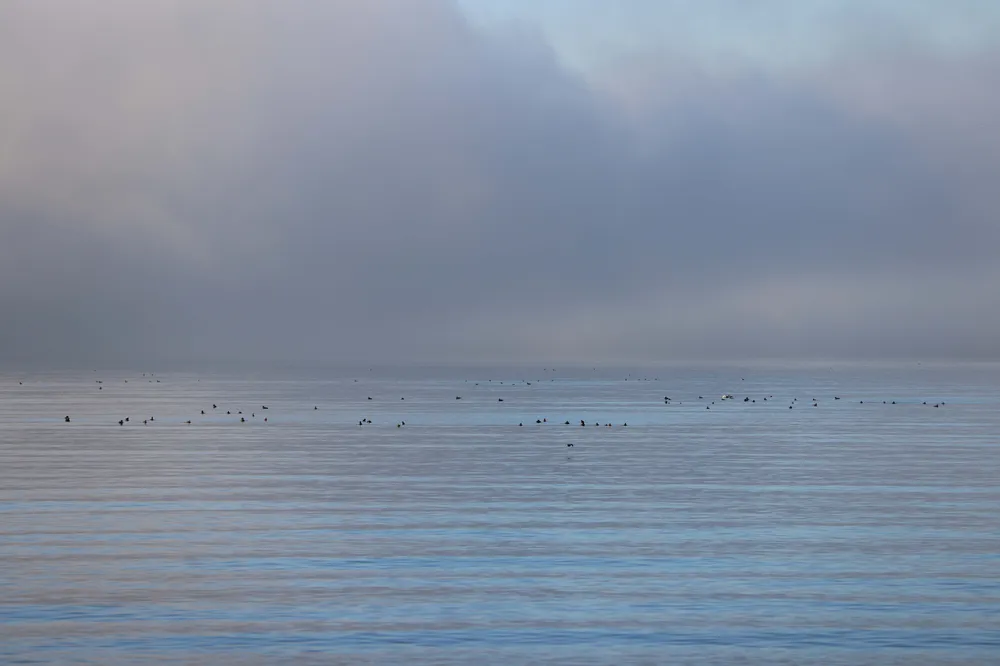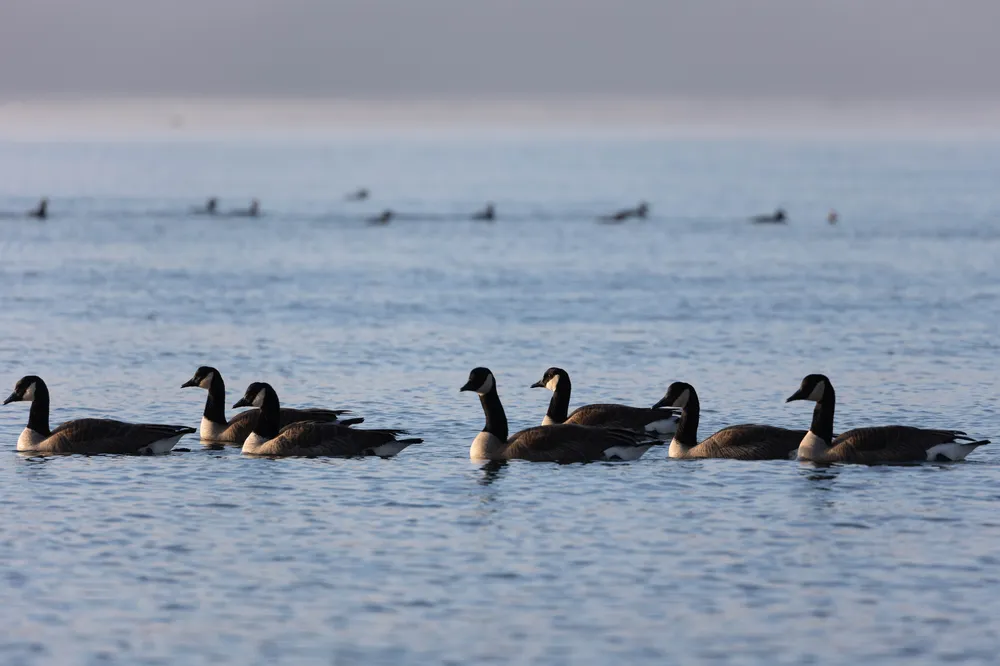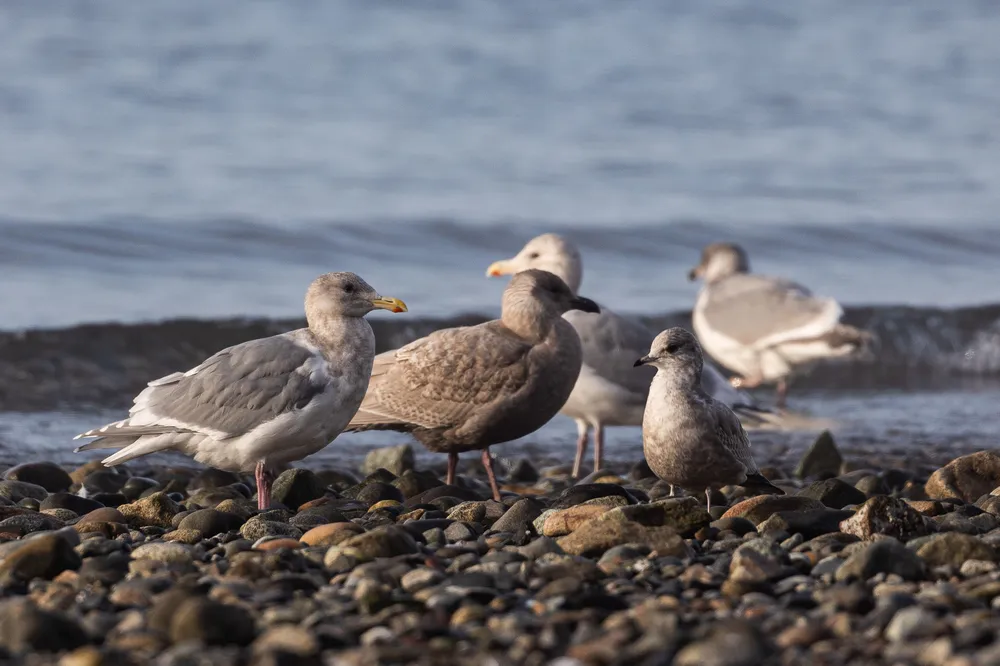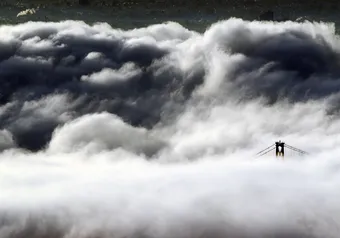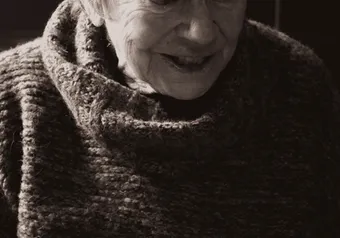Words and photos by Isa S You and Jerry Wong
It’s a windy day at the Stanley Park Seawall. Kha Nguyen, a wildlife photographer, observes that there aren’t as many birds as he expected. He points out two buffle- heads in the fenced-off swimming pool at Second Beach, cautioning that they’re shy creatures. Shooting with our cameras through the barbed wire fence a few feet away is probably the closest we’ll be able to get to them.
The odds of seeing birds depend on dynamic factors like the weather, the time of day, temperature and wind speed. For Nguyen, the spontaneity is exciting — “You never know what you’re gonna get.”
A UBC PhD student in biochemistry and a member of the UBC Birding Club, Nguyen began taking photos of birds after taking a class during his undergrad at the University of Toronto that had an assignment about identifying birds in the wild.
In November, the migratory season is close to over with almost all species in their wintering territories, yet Nguyen still comes out with his camera to capture the birds he’ll see until early April when more birds migrate back.
“You kind of missed the warbler migration,” said Nguyen, “so no pretty songbirds. It’s mainly water birds [now].”
In the Lower Mainland, many water birds come from the Arctic tundra in winter. They move long distances to the south where it’s warmer to forage for more food.
“A lot of people like to call it ‘weird duck time’ because you get all these colourful ducks that come from the north and they spend their winters here on the south,” said Frank Lin, a friend of Nguyen and an environmental educator with the Stanley Park Ecology Society. “Some of them use this place as a stop- over site. So they don’t always stay here in the winter, but others do. That really depends on not just the species, but the individuals.”
There are four major bird migration routes, called flyways, that span from North America to South America. UBC and the Lower Mainland fall under the Pacific Flyway, which stretches along the west coast from Alaska to Patagonia.
“Birds don’t like to cross big spaces or big obstacles,” said Claudie Pageau, a second-year PhD student in the department of zoology and researcher at the Irwin Lab at UBC. “Birds don’t like to cross big spans of water since they can’t land in an emergency, so they’ll move following the land.”
Pageau said there are two main reasons for birds to migrate. Many birds travel up north for nestings as “there is more space available, maybe for a nest but also because there would be less predators for them.”
The search for food also drives their journeys, which take some birds as far as South America. In the summer, they feed on abundant BC insects and other food sources.
“But then as fall comes in, there’s less insects so there’s less resources for them to use. So that’s when they have to leave somewhere else ... where they can find those resources for feeding.”
They’re born with the knowledge that when winter comes, they’ll have to fly.
“As the youngs are out of the nest and ready to go, they just know where to go ... I think that’s pretty impressive that they have that capacity to do that,” said Pageau.
In addition to direction, the young birds also need to know when to migrate. Though as climate change shifts species ranges, their internal clock and the life cycles of their prey are growing out of sync.
“I think because of the climate crisis, that timing [for food web interactions] is changing,” said Pageau, “but birds are still migrating at the same time, which means that there’s going to be a [phenological] mismatch ... if they’re going to arrive there for the resources.”
A week after our trip to Stanley Park, we made our way down to Boundary Bay near White Rock, which had been designated as a part of the Western Hemisphere Shorebird Reserve Network.
Upon first glance, the beach was empty. But as we scrambled over the pebbles and walk closer to the edge of the water, we found flecks of black and grey spotting the waves in the distance.
With a pair of binoculars, the trained eyes can identify the waterbirds. Once you start to pay attention to birds, you can’t unsee the difference.
We overheard a group of birders as they identify the shapes in the water as surf scoters.
Birders get interested in bird watching for various reasons. For some, it’s a way to feel connected to nature. For some, it’s about the birds themselves.
Marg, a volunteer with the Friends of Semiahmoo Bay Society, has been a birder for close to 30 years. She was scouting at the beach with a couple of bird watch- ing friends completing a survey for Birds Canada. She paused as we spoke to confirm that a bird passing by was a rock dove with a companion.
“What drew me to birds and migratory birds is ... their life stories,” said Marg.
She described the western sandpiper, which flies up to the Arctic during nest- ing season. The females leave the nesting grounds first. Then, peregrine falcons prey on the young sandpipers as they fly south. Some falcons get enough to eat to survive till next season — and some young sandpipers successfully escape to warmer climates.
Birds form complex relationships and rivalries that few people understand, and travel to distant shores that many Vancouverites will never see. The observant birder can catch a glimpse though, and to Marg, that’s enough.
“All the birds have a story.”
Share this article
First online



